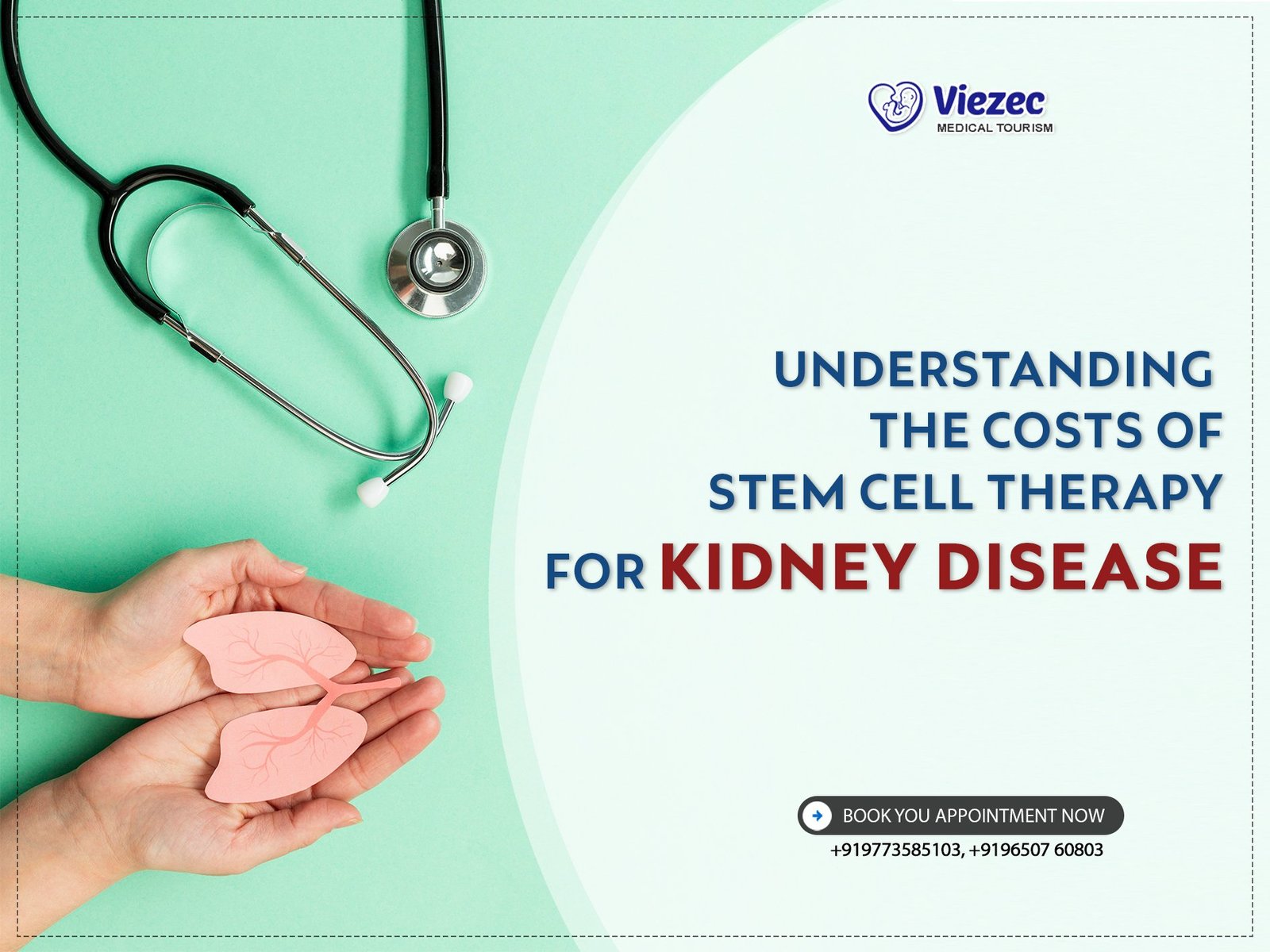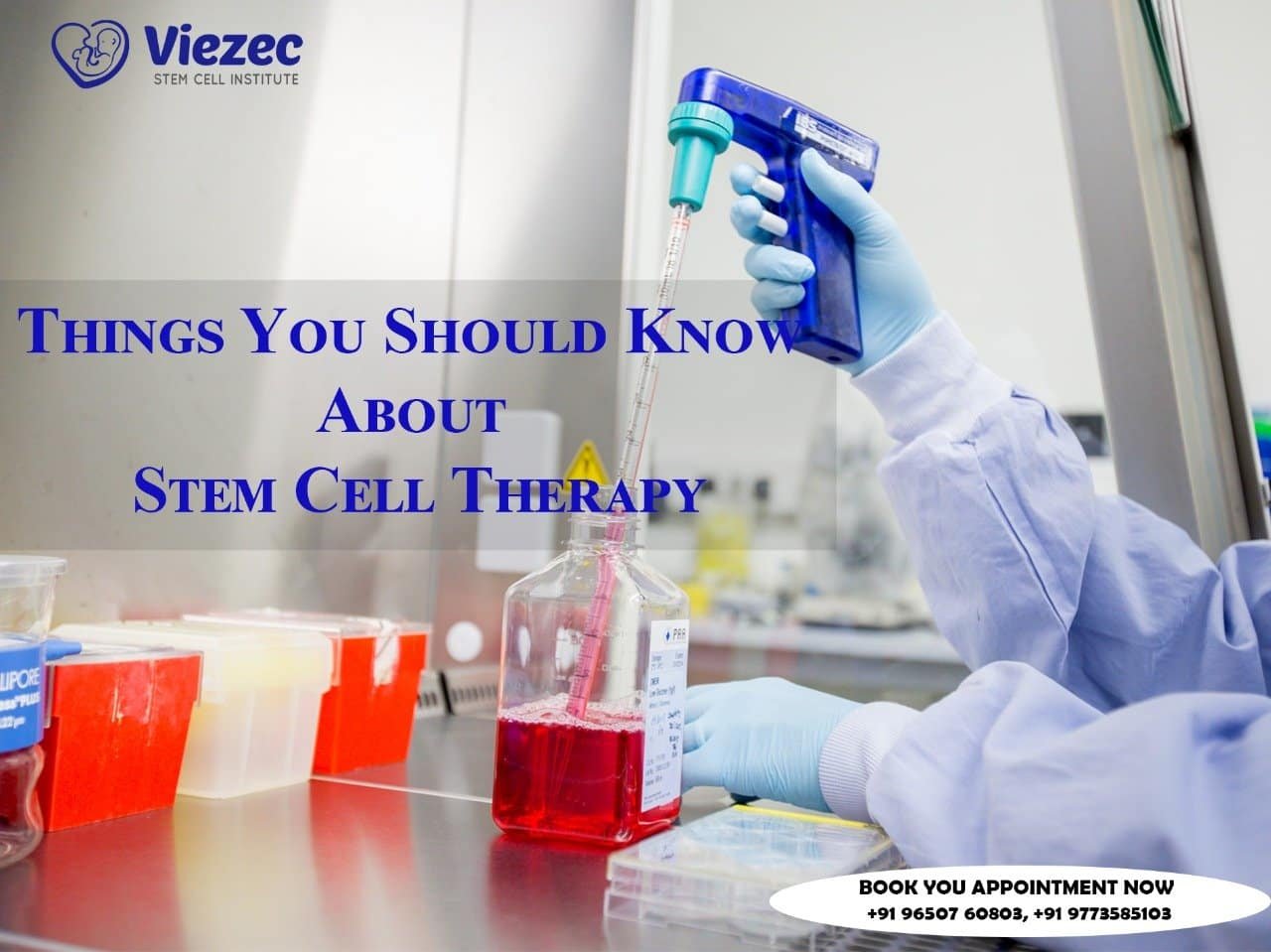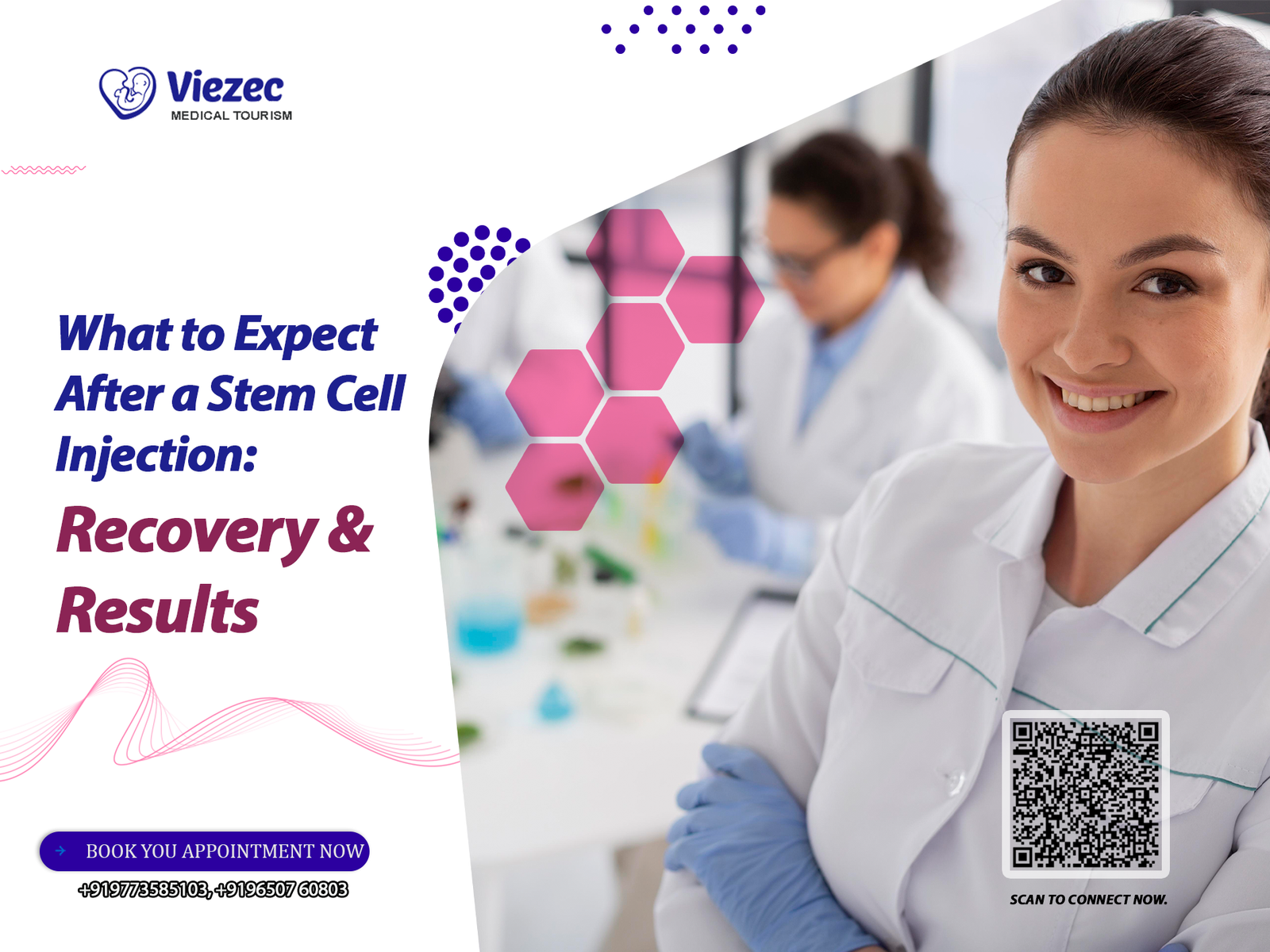Stem cell therapy represents a cutting-edge approach in regenerative medicine, offering potential cures for various conditions by repairing damaged tissues and organs. This innovative treatment harnesses the unique properties of stem cells to regenerate and repair tissue, thus holding promise for diseases that currently have limited treatment options. Stem cell therapy involves the use of cells that can differentiate into various cell types, offering the potential to replace damaged kidney cells and restore kidney function. This therapy is particularly pertinent for conditions like kidney disease, where traditional treatments such as dialysis and transplant have significant limitations and risks.
Importance of Understanding Costs
Understanding the costs associated with stem cell therapy is crucial for patients and healthcare providers alike. The financial aspect of medical treatments often plays a significant role in decision-making processes. With the high cost of healthcare, especially for chronic conditions like kidney disease, it is essential to have a clear understanding of all potential expenses. This knowledge helps patients plan their finances, explore insurance options, and seek financial assistance if needed. Additionally, comprehending the costs involved aids in comparing stem cell therapy with other traditional treatments, thus enabling a more informed choice regarding the best treatment pathway.
Focus on Kidney Disease
Kidney disease, encompassing conditions like Chronic Kidney Disease (CKD) and Acute Kidney Injury (AKI), poses a significant global health burden. Traditional treatments such as dialysis and kidney transplants, while life-saving, have considerable drawbacks including high costs, limited availability, and potential complications. Stem cell therapy has emerged as a promising alternative, offering the potential to regenerate damaged kidney tissues and restore function. However, this innovative treatment comes with its own set of costs and financial considerations that need to be thoroughly understood by patients considering this option.
Background on Kidney Disease
Types of Kidney Disease
Kidney disease can manifest in various forms, each with distinct characteristics and implications for treatment.
Chronic Kidney Disease (CKD)
Chronic Kidney Disease (CKD) is a progressive condition characterized by the gradual loss of kidney function over time. It is often asymptomatic in its early stages, making it difficult to diagnose until significant damage has occurred. CKD can result from conditions such as diabetes, hypertension, and glomerulonephritis. The primary treatment options for CKD include lifestyle changes, medications to control blood pressure and blood sugar levels, and eventually, dialysis or a kidney transplant as the disease progresses to end-stage renal disease (ESRD).
Acute Kidney Injury (AKI)
Acute Kidney Injury (AKI) is a sudden onset of kidney failure or damage that occurs within a short period, often due to factors like severe infections, decreased blood flow to the kidneys, or exposure to nephrotoxic substances. Unlike CKD, AKI is often reversible if promptly diagnosed and treated. Treatment focuses on addressing the underlying cause, maintaining fluid balance, and supporting kidney function through dialysis if necessary. The prognosis for AKI varies widely depending on the severity and underlying cause, but early intervention is critical to improving outcomes.
Current Treatment Options
The conventional treatment options for kidney disease have significant limitations, necessitating the exploration of innovative therapies like stem cell treatment.
Dialysis
Dialysis is a life-saving treatment for patients with advanced kidney disease, particularly ESRD. It involves the removal of waste products and excess fluids from the blood when the kidneys can no longer perform these functions. There are two main types of dialysis: hemodialysis and peritoneal dialysis. Hemodialysis uses a machine to filter blood through a dialyzer, while peritoneal dialysis involves the infusion of a dialysis solution into the abdominal cavity to absorb waste products. While effective, dialysis requires frequent treatments, significantly impacts the patient’s quality of life, and comes with considerable long-term costs.
Kidney Transplant
A kidney transplant involves surgically placing a healthy kidney from a donor into a patient with kidney failure. This option offers the potential for a more normal lifestyle compared to dialysis, as the transplanted kidney can perform all the functions of a natural kidney. However, transplants are limited by the availability of donor organs, and patients must take immunosuppressive medications for life to prevent rejection. These medications can have serious side effects and additional costs. The financial and emotional burden of waiting for a donor match and the risks associated with the surgery and post-transplant care are significant considerations for patients.
Stem Cell Therapy: An Overview
What are Stem Cells?
Stem cells are unique cells with the ability to differentiate into various specialized cell types and to self-renew, making them a powerful tool in regenerative medicine. They can develop into kidney cells, providing a potential solution for repairing damaged kidney tissues. Stem cells are classified based on their origin and differentiation potential, each type offering distinct advantages and challenges in therapeutic applications. Understanding the different types of stem cells and their mechanisms of action is crucial for evaluating their potential in treating kidney disease.
Types of Stem Cells Used in Therapy
Embryonic Stem Cells
Embryonic stem cells (ESCs) are derived from early-stage embryos and have the potential to differentiate into any cell type in the body, making them pluripotent. Their high differentiation potential makes them a promising source for regenerating damaged kidney tissues. However, the use of ESCs raises ethical concerns and potential risks, including tumor formation due to their high proliferative capacity. Despite these challenges, ESCs continue to be a significant focus of research in regenerative medicine.
Adult Stem Cells
Adult stem cells, also known as somatic stem cells, are found in various tissues throughout the body and have a more limited differentiation potential compared to ESCs. Mesenchymal stem cells (MSCs), a type of adult stem cell found in bone marrow and adipose tissue, have shown promise in kidney regeneration due to their ability to modulate the immune response and promote tissue repair. These cells are less controversial than ESCs and pose fewer ethical issues, making them a more acceptable option for many patients and researchers.
Induced Pluripotent Stem Cells (iPSCs)
Induced pluripotent stem cells (iPSCs) are generated by reprogramming adult cells to revert to a pluripotent state, similar to ESCs. iPSCs offer the advantages of pluripotency without the ethical concerns associated with embryonic stem cells. They can be derived from the patient’s own cells, reducing the risk of immune rejection. iPSCs are a versatile tool in regenerative medicine, with the potential to generate kidney cells for transplantation and disease modeling. However, challenges such as ensuring the safety and stability of reprogrammed cells need to be addressed before widespread clinical application.
Mechanism of Action in Kidney Disease
Stem cell therapy for kidney disease involves several mechanisms of action to promote tissue regeneration and repair. Stem cells can differentiate into kidney cells, replacing damaged cells and restoring kidney function. They also secrete bioactive molecules that modulate the immune response, reduce inflammation, and promote tissue repair. Additionally, stem cells can enhance the proliferation and survival of existing kidney cells and stimulate the formation of new blood vessels, improving overall kidney health. Understanding these mechanisms is crucial for optimizing stem cell therapy protocols and improving patient outcomes.
The Cost Components of Stem Cell Therapy
Initial Consultation and Diagnosis
The first step in stem cell therapy involves a comprehensive consultation and diagnostic process to evaluate the patient’s condition and suitability for the treatment. This stage includes medical history review, physical examination, and various diagnostic tests such as blood tests, imaging studies, and kidney function tests. The initial consultation helps determine the extent of kidney damage and the potential benefits of stem cell therapy. This phase incurs costs related to medical consultations, diagnostic tests, and potentially travel expenses if specialized facilities are required.
Stem Cell Harvesting and Processing
Collection Techniques
Stem cell harvesting involves collecting cells from the patient or a donor, depending on the type of stem cells used. For adult stem cells, common sources include bone marrow and adipose tissue, requiring procedures such as bone marrow aspiration or liposuction. Embryonic stem cells are derived from donated embryos, while iPSCs are generated by reprogramming adult cells. The collection process incurs costs related to medical procedures, equipment, and potential donor compensation. Additionally, ethical considerations and regulatory compliance can add to the overall expenses.
Laboratory Processing
Once harvested, stem cells undergo laboratory processing to isolate, purify, and expand the cells for therapeutic use. This stage involves sophisticated techniques and equipment, including cell culture, genetic testing, and quality control measures to ensure the safety and efficacy of the cells. Laboratory processing is a significant cost component, as it requires highly specialized facilities, skilled personnel, and stringent regulatory compliance. The costs can vary depending on the type of stem cells used and the complexity of the processing protocols.
Treatment Administration
The administration of stem cell therapy involves the delivery of processed stem cells to the patient’s kidneys, typically through intravenous infusion or direct injection into the kidney tissue. This phase requires a sterile environment, advanced medical equipment, and skilled healthcare professionals to ensure the safe and effective delivery of the cells. Treatment administration costs include hospital or clinic fees, medical supplies, and professional services. The number of treatment sessions required can vary based on the patient’s condition and response to therapy, impacting the overall cost.
Post-Treatment Care and Monitoring
Post-treatment care is a critical component of stem cell therapy, involving regular follow-up appointments, monitoring of kidney function, and management of any side effects or complications. This phase ensures the long-term success of the therapy and includes medical consultations, laboratory tests, and imaging studies. The frequency and duration of post-treatment care can vary, with associated costs accumulating over time. Effective post-treatment care is essential for optimizing patient outcomes and minimizing potential risks, making it a vital consideration in the overall cost assessment.
Direct Costs
Medical Procedures
The direct costs of stem cell therapy encompass all medical procedures involved, from initial consultation to post-treatment care. These costs include diagnostic tests, stem cell harvesting and processing, treatment administration, and follow-up care. Each stage involves specific medical procedures with associated expenses, such as blood tests, imaging studies, surgical procedures for cell collection, and intravenous or direct injection of stem cells. The cumulative cost of these procedures can be substantial, making it essential for patients to have a clear understanding of each component and its financial implications.
Hospital Stays
Depending on the complexity of the treatment and the patient’s condition, hospital stays may be required during the initial phase of stem cell therapy or for post-treatment care. Hospital stays can significantly increase the overall cost due to accommodation, medical care, and support services provided during the stay. The length of hospital stays can vary based on the patient’s response to treatment and the need for close monitoring. Patients should consider the potential costs of hospital stays and explore options for minimizing these expenses, such as outpatient treatment or shorter hospital stays.
Medications
Medications play a crucial role in supporting stem cell therapy, managing side effects, and promoting recovery. Patients may require immunosuppressive drugs, pain management medications, antibiotics, and other supportive treatments during and after stem cell therapy. The cost of medications can vary widely depending on the type, dosage, and duration of treatment. Additionally, patients with chronic conditions like kidney disease may already be on multiple medications, adding to the overall expense. Understanding the medication costs and exploring options for financial assistance or insurance coverage is essential for managing the financial burden.
Indirect Costs
Travel Expenses
Travel expenses can be a significant indirect cost for patients seeking stem cell therapy, especially if specialized treatment facilities are not available locally. Patients may need to travel long distances for consultations, diagnostic tests, treatment sessions, and follow-up appointments. Travel costs include transportation, accommodation, meals, and other incidental expenses. For patients requiring multiple visits, these costs can accumulate quickly, adding to the financial burden. Planning and budgeting for travel expenses, and exploring options for minimizing these costs, such as telemedicine consultations, can help manage the overall expense.
Time Off Work
Stem cell therapy often requires patients to take time off work for consultations, treatments, and recovery periods. The loss of income due to time off work can be a significant financial burden, particularly for those without paid leave or disability benefits. The duration of time off work can vary based on the patient’s condition, the complexity of the treatment, and the recovery process. Patients should consider the potential impact on their income and explore options for financial support, such as short-term disability benefits, employer assistance programs, or flexible work arrangements.
Long-term Care and Follow-up
Long-term care and follow-up are essential components of stem cell therapy, involving regular monitoring of kidney function, management of any ongoing symptoms, and addressing potential complications. These costs include medical consultations, laboratory tests, imaging studies, and medications. The duration and frequency of long-term care can vary, with associated costs accumulating over time. Effective long-term care is crucial for optimizing patient outcomes and minimizing potential risks, making it a vital consideration in the overall cost assessment. Patients should plan for these expenses and explore options for financial assistance or insurance coverage.
Cost Variations by Region
North America
In North America, the cost of stem cell therapy for kidney disease can vary significantly based on factors such as the type of stem cells used, the complexity of the treatment, and the healthcare provider. The United States, in particular, is known for its high healthcare costs, with stem cell therapy often being expensive due to advanced medical facilities, highly skilled professionals, and stringent regulatory compliance. Canada offers more affordable options due to its publicly funded healthcare system, but access to specialized treatments may be limited. Patients should consider regional cost variations and explore options for treatment within their budget.
Europe
Europe presents a diverse landscape for stem cell therapy costs, with significant variations between countries. Western European countries like Germany, the UK, and France offer advanced medical facilities and expertise, but treatment costs can be high. Eastern European countries, such as Poland and Hungary, provide more affordable options due to lower healthcare costs and emerging medical tourism markets. Patients should consider the quality of care, regulatory standards, and potential language barriers when exploring treatment options in Europe. Regional cost variations can impact the overall expense and accessibility of stem cell therapy.
Asia
Asia has emerged as a hub for medical tourism, offering cost-effective options for stem cell therapy for kidney disease. Countries like India, Thailand, and South Korea provide advanced medical facilities and skilled professionals at a fraction of the cost compared to Western countries. The lower cost of living, favorable exchange rates, and government incentives for medical tourism contribute to the affordability of treatment in Asia. However, patients should carefully research the quality of care, regulatory standards, and potential travel expenses when considering treatment options in Asia. Regional cost variations and the availability of financial assistance can impact the overall expense.
Other Regions
Other regions, such as Latin America and the Middle East, also offer stem cell therapy for kidney disease, with varying costs based on the healthcare infrastructure and regulatory environment. Countries like Mexico and Brazil provide affordable options due to lower healthcare costs and emerging medical tourism markets. The Middle East, with countries like the UAE and Saudi Arabia, offers advanced medical facilities and expertise, but treatment costs can be high. Patients should consider the quality of care, regulatory standards, and potential travel expenses when exploring treatment options in these regions. Regional cost variations and the availability of financial assistance can impact the overall expense.
Insurance Coverage and Reimbursement
Types of Insurance Plans
Insurance coverage for stem cell therapy varies based on the type of insurance plan, including private health insurance, employer-sponsored plans, and government programs. Private health insurance plans offer different levels of coverage, with some plans including stem cell therapy as part of their benefits. Employer-sponsored plans may provide additional coverage or reimbursement options for medical treatments. Government programs like Medicare and Medicaid in the United States offer limited coverage for stem cell therapy, primarily focusing on approved treatments and clinical trials. Understanding the types of insurance plans and their coverage options is essential for managing the financial burden of stem cell therapy.
Coverage for Stem Cell Therapy
The coverage for stem cell therapy depends on the insurance plan and the specific treatment protocol. Some insurance plans may cover the initial consultation, diagnostic tests, and part of the treatment costs, while others may exclude experimental or unapproved treatments. Patients should review their insurance policy, consult with their insurance provider, and seek pre-authorization for treatment to understand the extent of coverage and potential out-of-pocket expenses. Coverage for medications, post-treatment care, and long-term follow-up may also vary, impacting the overall financial burden. Exploring options for supplemental insurance or financial assistance can help manage the costs.
Navigating Insurance Claims
Navigating insurance claims for stem cell therapy can be complex and time-consuming, requiring thorough documentation, communication with the insurance provider, and persistence. Patients should keep detailed records of all medical consultations, diagnostic tests, treatment protocols, and expenses. Working with healthcare providers to obtain necessary documentation and pre-authorization can streamline the claims process. Patients may also seek assistance from insurance advocates or legal experts to navigate complex claims and appeal denials. Understanding the insurance claims process and being proactive in managing paperwork can help maximize coverage and minimize out-of-pocket expenses.
Financial Assistance and Support
Government Programs
Government programs offer various forms of financial assistance for medical treatments, including stem cell therapy. In the United States, programs like Medicare and Medicaid provide limited coverage for approved treatments and clinical trials. Additionally, state and federal programs may offer grants or subsidies for patients with specific medical conditions, including kidney disease. Patients should explore available government programs, eligibility criteria, and application processes to access financial assistance. Understanding the scope and limitations of government support can help manage the overall cost of stem cell therapy.
Non-Profit Organizations
Non-profit organizations play a crucial role in providing financial assistance and support for patients undergoing stem cell therapy. These organizations may offer grants, subsidies, and fundraising assistance to help cover treatment costs, travel expenses, and post-treatment care. Organizations focused on kidney disease, such as the National Kidney Foundation, provide resources and support for patients exploring innovative treatments like stem cell therapy. Patients should research non-profit organizations, eligibility criteria, and application processes to access financial assistance. Engaging with patient support groups and advocacy organizations can also provide valuable information and emotional support.
Crowdfunding and Fundraising
Crowdfunding and fundraising have emerged as effective strategies for managing the high costs of medical treatments, including stem cell therapy. Online crowdfunding platforms allow patients to create fundraising campaigns, share their stories, and seek financial support from family, friends, and the broader community. Social media and community events can also help raise awareness and funds for treatment costs. Patients should create compelling fundraising campaigns, provide regular updates, and engage with supporters to maximize contributions. Understanding the potential of crowdfunding and fundraising can help alleviate the financial burden and make stem cell therapy more accessible.
Cost-Benefit Analysis
Comparing Costs with Traditional Treatments
Conducting a cost-benefit analysis of stem cell therapy involves comparing its costs with traditional treatments like dialysis and kidney transplants. While stem cell therapy may have higher upfront costs, it offers the potential for long-term benefits, such as improved kidney function and quality of life. Traditional treatments, on the other hand, involve ongoing costs for dialysis sessions, medications, and potential complications. Patients should consider the overall financial impact, including direct and indirect costs, to determine the most cost-effective treatment option. A comprehensive cost-benefit analysis can help patients make informed decisions about their treatment pathway.
Long-term Financial Implications
The long-term financial implications of stem cell therapy extend beyond the initial treatment costs, encompassing post-treatment care, medications, and potential complications. Patients should consider the ongoing expenses for follow-up appointments, laboratory tests, and supportive care. The potential for improved kidney function and reduced dependence on dialysis or medications can impact the overall financial burden. Evaluating the long-term financial implications involves assessing the potential savings and quality of life improvements against the initial investment in stem cell therapy. Understanding these factors can help patients plan for their financial future and make informed treatment decisions.
Assessing Value for Money
Assessing the value for money of stem cell therapy involves evaluating the potential benefits, quality of life improvements, and financial costs. Patients should consider the success rates, potential risks, and long-term outcomes of stem cell therapy compared to traditional treatments. The ability to restore kidney function, reduce dependence on dialysis, and improve overall health can significantly impact the perceived value of the treatment. Patients should also consider the emotional and psychological benefits of a potential cure or significant improvement in their condition. A holistic assessment of value for money can help patients make informed choices about their treatment options.
FAQs
What is the success rate of stem cell therapy for kidney disease?
The success rate of stem cell therapy for kidney disease varies based on factors such as the patient’s condition, the type of stem cells used, and the treatment protocol. Clinical trials and studies have shown promising results, with some patients experiencing significant improvements in kidney function and quality of life. However, more research is needed to establish standardized success rates and long-term outcomes. Patients should consult with their healthcare provider and review the latest research to understand the potential benefits and risks of stem cell therapy for their specific condition.
Are there any risks associated with stem cell therapy for kidney disease?
Yes, there are potential risks associated with stem cell therapy for kidney disease, including immune rejection, infection, and tumor formation. The safety and efficacy of the treatment depend on factors such as the type of stem cells used, the source of the cells, and the patient’s overall health. Patients should discuss the potential risks and benefits with their healthcare provider and consider participating in clinical trials or seeking treatment from reputable medical centers with experience in stem cell therapy.
Is stem cell therapy covered by insurance?
Insurance coverage for stem cell therapy varies based on the insurance plan and the specific treatment protocol. Some insurance plans may cover part of the treatment costs, while others may exclude experimental or unapproved treatments. Patients should review their insurance policy, consult with their insurance provider, and seek pre-authorization for treatment to understand the extent of coverage and potential out-of-pocket expenses. Exploring options for supplemental insurance or financial assistance can help manage the costs.
How can I access financial assistance for stem cell therapy?
Patients can access financial assistance for stem cell therapy through government programs, non-profit organizations, and crowdfunding platforms. Government programs like Medicare and Medicaid may offer limited coverage for approved treatments and clinical trials. Non-profit organizations focused on kidney disease provide grants, subsidies, and fundraising assistance. Crowdfunding platforms allow patients to create fundraising campaigns and seek financial support from family, friends, and the community. Researching available options, understanding eligibility criteria, and engaging with patient support groups can help access financial assistance.









